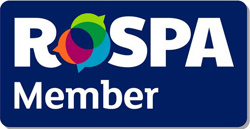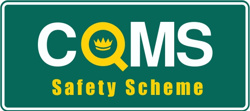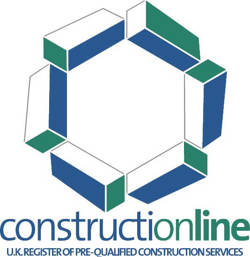The Institute of Environmental Management and Assessment (IEMA) published new guidance this month (July 2023) entitled: ‘Environmental Assessment of Traffic and Movement’.
This publication is a long-awaited replacement for the 1993 ‘Guidelines for the Environmental Assessment of Road Traffic’. A lot has changed in the last 30 years, not least the inception and coming of age of the Construction Environmental Management Plan (CEMP), and it was intriguing to see its discussion within the guidance.
Previous IEMA guidance ‘Environmental Impact Assessment Guide to: Delivering Quality Development’ (2016) highlighted the importance of the CEMP for capturing construction mitigations within a single document. It also noted the need to amend the CEMP as additional design or construction information became available, ensuring that mitigation measures continue to be ‘achievable, viable and deliverable.’
Mayer Brown has been producing CEMP for over 15 years, from a time when they were often just an exemplary addition to a works package, or a few lines of condition on an application. At that time, CEMP guidance was sparse. A trawl of those produced tended to pull up generic directories of dos and don’ts, which included little or no reference to the relevance of the works or the site under assessment.
As a result, Mayer Brown began to create bespoke CEMPs, linking the works being undertaken directly to the sensitivities of the site. For example,
Does the topography lend itself to silt fencing?
Could a simple redesign of the compound negate the need for a wheel wash?
Is your work force aware they are working adjacent to a nationally protected area?
Our direction in these matters has always been industry guidance from the likes of CIRIA and CITB or the now rescinded Environment Agency Pollution Prevention Guidelines. However, we have always been led by the professional judgement of our internal environmental disciplines, alongside that of the project team who know the site, and the site managers who know the works. We have also in recent years noticed that many Councils are now producing excellent guidance notes which help the developer understand the specific concerns of the borough they are working in.
So we were pleased to see in the first instance, the 2023 IEMA guidance’s acknowledgement of CEMPs as a control mechanism, integral to the process of environmental assessment, reflecting our own view that to be truly effective, a CEMP must be a holistic distillation of the findings and recommendations of the supporting studies. Chapter 4 ‘Links to other Assessments’ goes on to highlight those aspects of supporting studies which often have a place within a CEMP such as air quality, noise, vibration, Landscape and visual, biodiversity, cultural heritage, climate and greenhouse gases.
However, the real interest was the reference to the drafting of new guidance to assist practitioners with the preparation of Outline CEMPs / Code of Construction Practice ‘within the framework of mitigation for construction activities reported at the planning and post-planning (via condition) stages to ensure that the measures to mitigate construction effects identified in the EIA, non-statutory environmental assessment and other forms of assessments (including strategies and plans) are delivered.’
We will be keen to obtain and review this guidance and to see if it includes for the emerging families of CEMPs which are now being required and we are producing, including the ‘CEMP -Biodiversity’ and the related ‘Construction Surface Water Management Plans’. At Mayer Brown, we look forward to the publication of an industry wide guidance to which all CEMP will be held accountable and that can only be good for the protection of sites and their surroundings during the construction process.
Find out more about CEMP services here: https://mayerbrown.co.uk/our-expertise/cemp/
Contact our expert team for to see how we can help with your project requirements. Call 01483 750508, email wokingoffice@mayerbrown.co.uk or use our online enquiry form.







